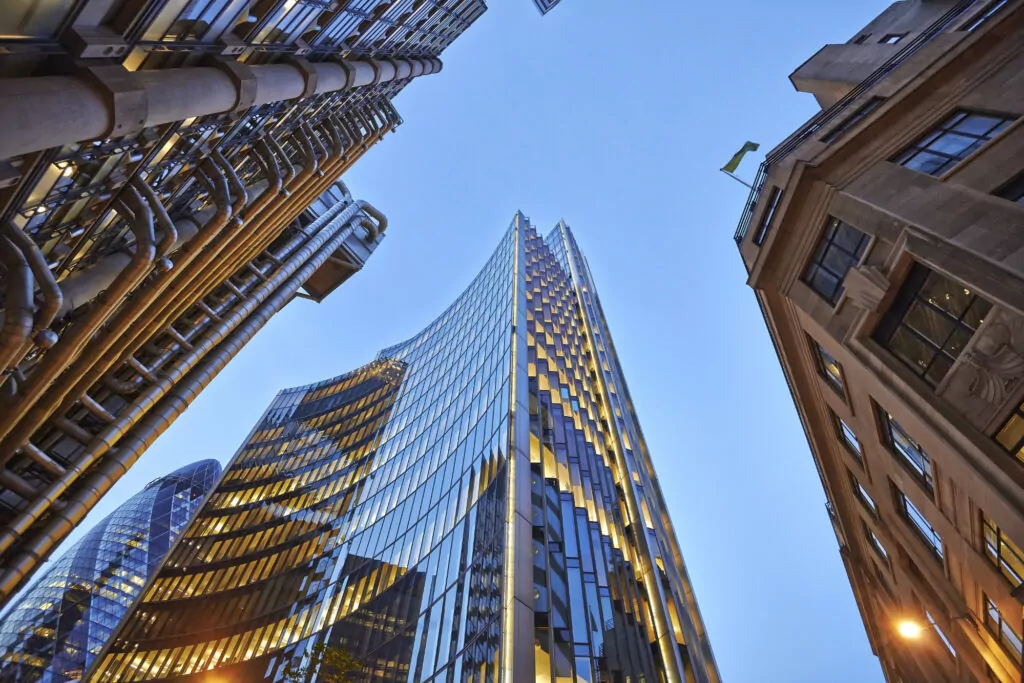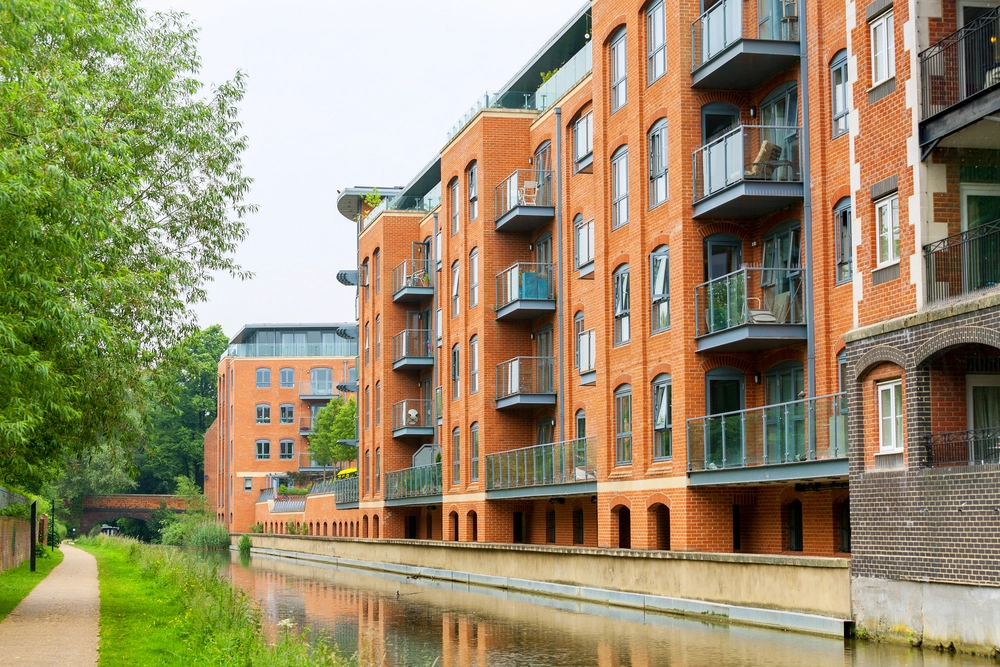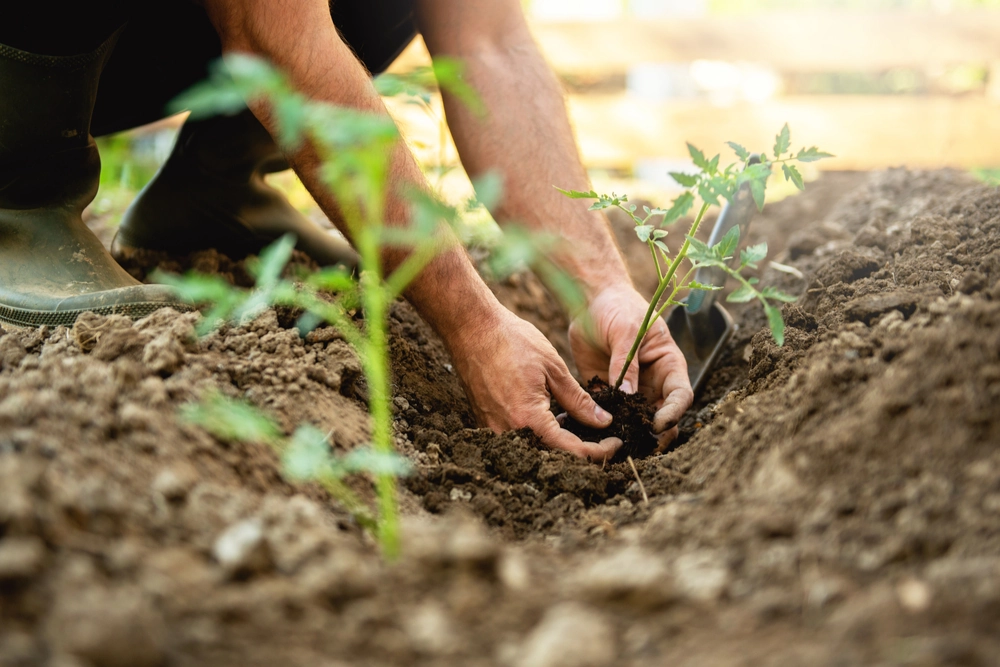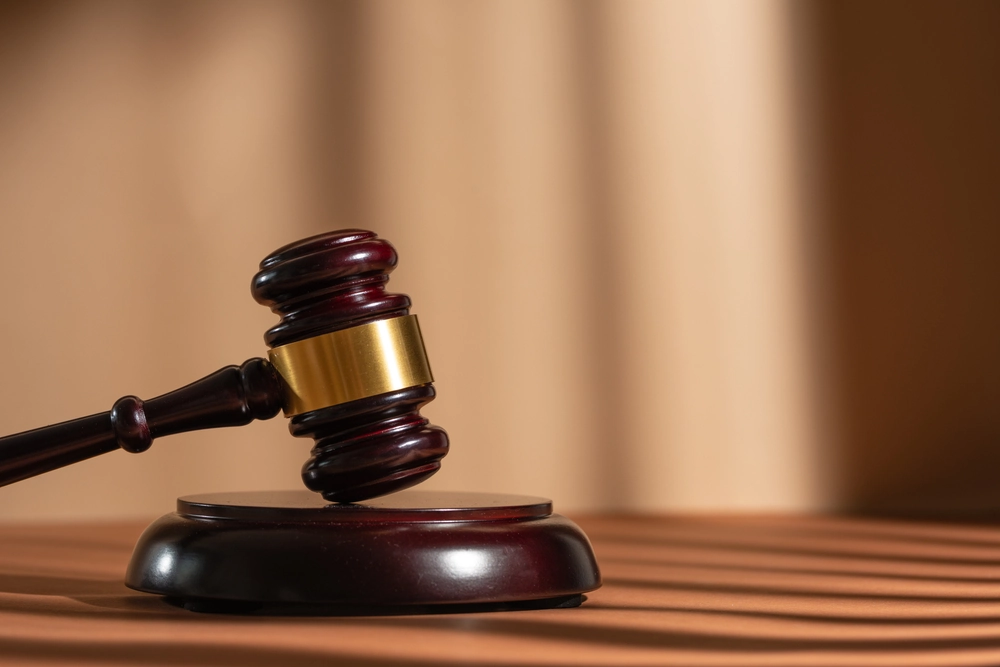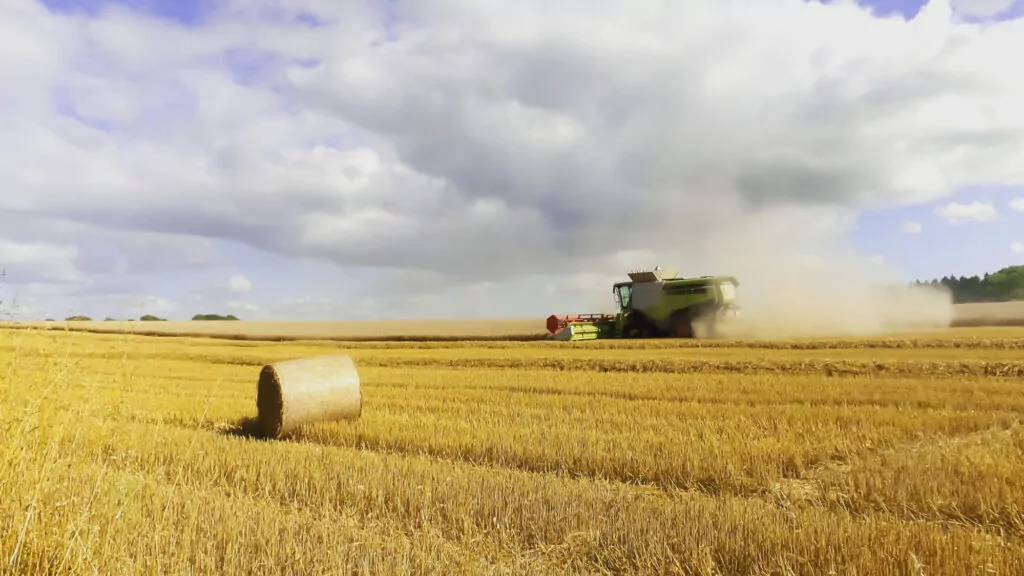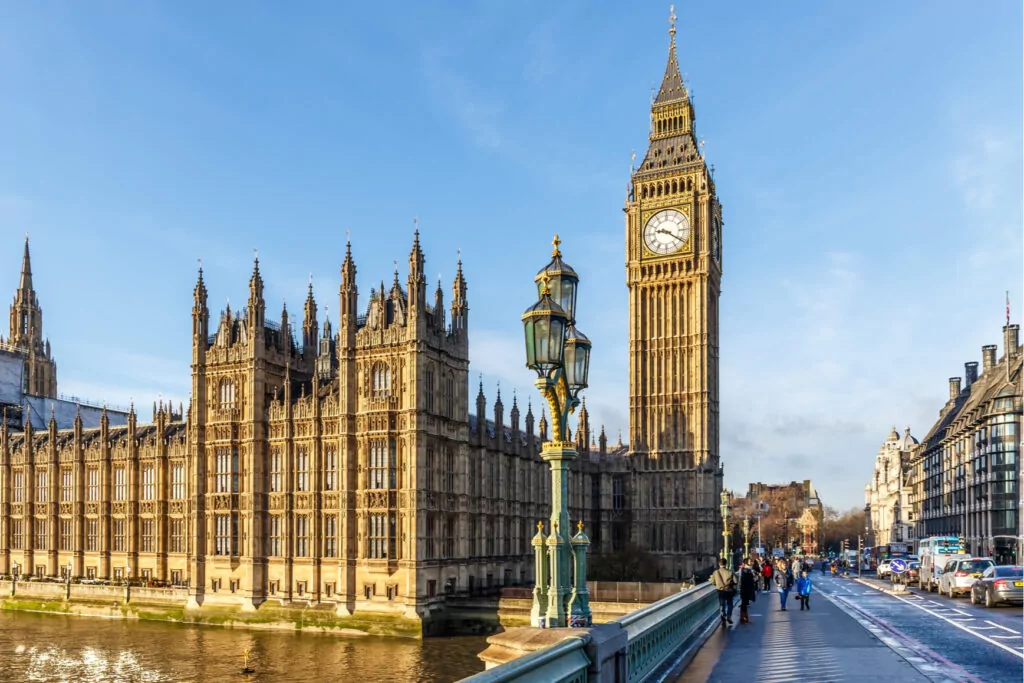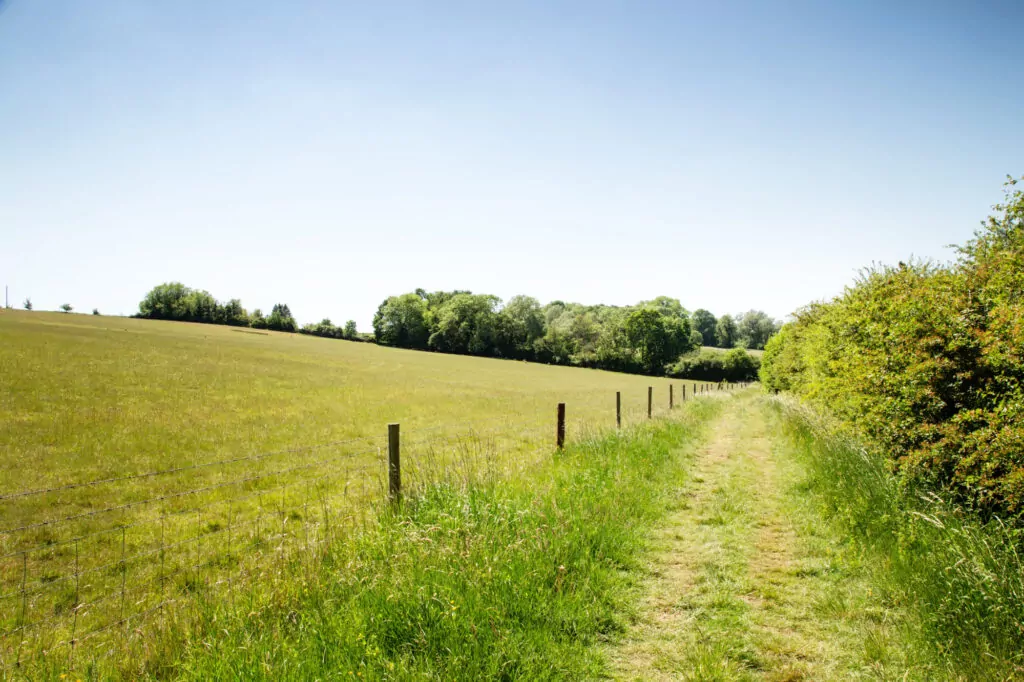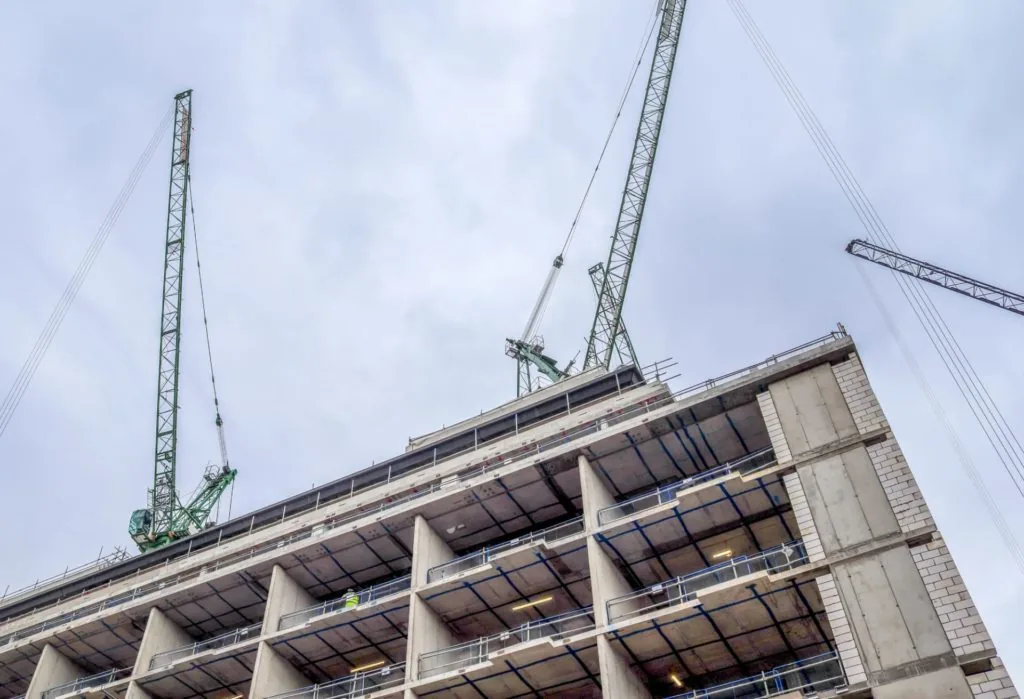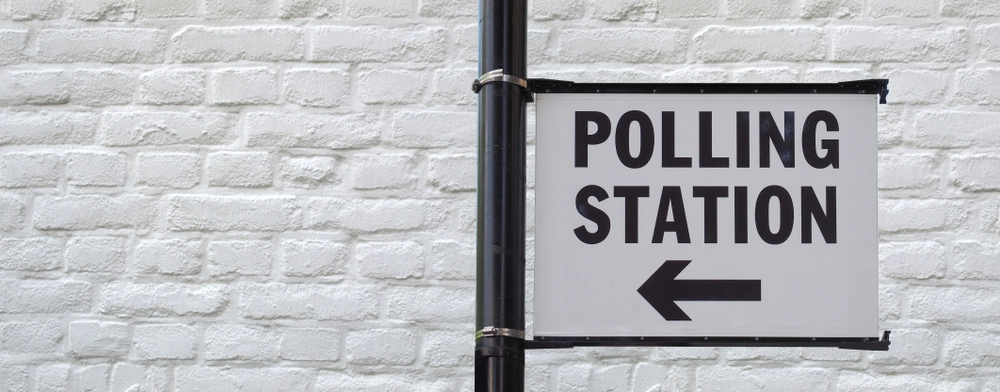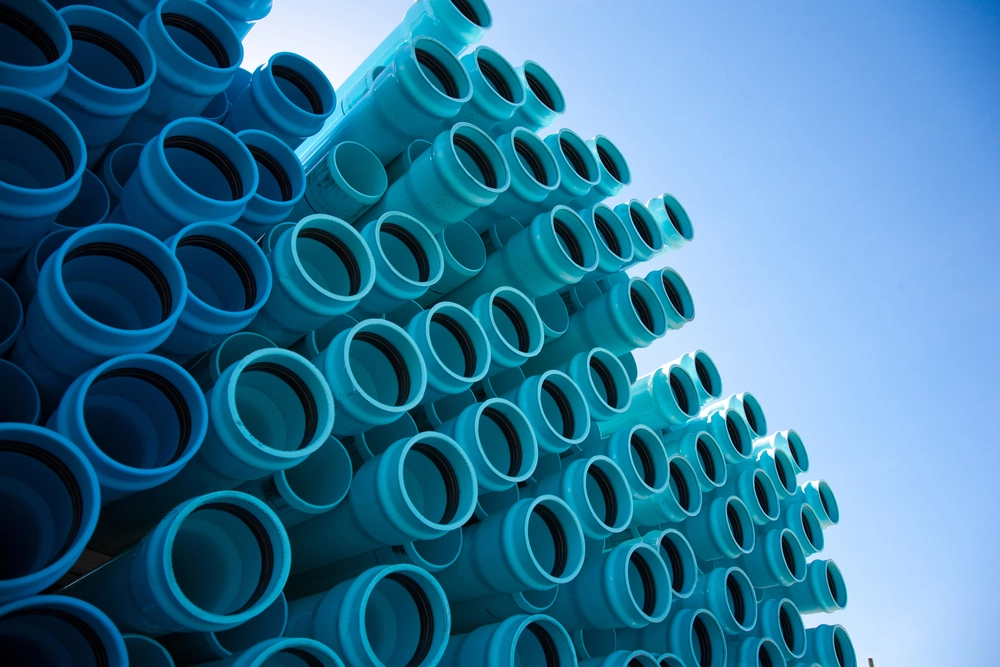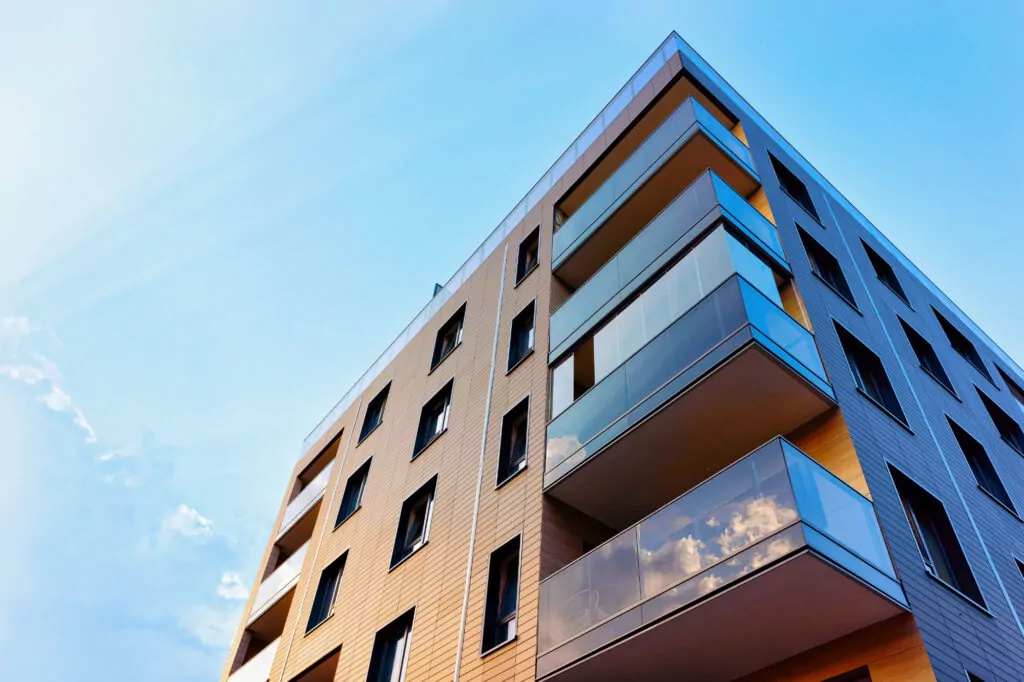

With many buildings left empty during the coronavirus outbreak there is a risk of an increase in Legionnaire's disease. Legionnaire's disease is a pneumonia-like illness caused by the legionella bacteria, and it can be fatal. The bacteria can flourish in water systems, including hot and cold water systems and it's essential to carry out the correct checks before the building is rented out again.
What is the duty of a landlord?
Landlords are under a duty to protect people by identifying and controlling the risks associated with legionella. Health and safety legislation requires landlords to carry out risk assessments for the legionella bacteria which cause Legionnaires' disease and thereafter maintain control measures to minimise the risk.
If buildings have been out of use during the outbreak, and regular checks have not been undertaken, legionella bacteria may arise in the building's water systems. Even where systems have been partially out of use for a period of time as little as two or three weeks, issues may arise.
How do you assess the risk?
- Ensure the system is thoroughly flushed, cleaned and disinfected.
- To confirm the effectiveness of the cleaning, microbiological sampling should be undertaken between two and seven days after the system is refilled.
- Duty holders should conduct temperature checks on designated outlets to check performance of the system.
- Prior to cleaning, a full risk assessment and method statement should be undertaken to ensure that those carrying out the process are fully protected from possible exposure.
If you conclude that there is no reasonably foreseeable risk or the risks are low and are being properly managed to comply with the law, your assessment is complete. You may not need to take any further action at this stage, but any existing controls must be maintained, and the assessment reviewed regularly in case anything changes in your system. See the HSE guidance for more information.
To discuss any issues regarding real estate please contact us today.



